Tom's Sepsis Story - A Sepsis Survivor, Twenty Years On
Tom Ray lost his lower arms, lower legs, and half of his face when sepsis struck him out of the blue in December 1999. Nearly twenty years on, he considers the enduring impact of his life transformation.
It had started as stomach pains, and I thought I might have food poisoning
But then I began to deteriorate at a terrifying pace: I was violently sick, had blinding headaches, my skin grew mottled and pale, I became confused and anxious. It was like being run over by a lorry – it was that fast.
A later investigation found that the infection had been gained from a trip to the dentist when they nicked my mouth, coupled with a chest infection.
I remember when I first came out of the induced coma, after 5 months
Startled and overwhelmed, I found myself in Cambridge, in the UK. I didn’t know who I was, my memory had gone, I had to be re-introduced to my wife and family. At that point, no-one in the hospital was willing to confirm that I was going to survive – there was this sense that I was some kind of medical freak and that since they’d never had a patient survive sepsis with such severe amputations, I’d probably die of complications and never, ever make it home.
Well, it certainly hasn’t been easy. Sepsis has been the challenge of my life, I’ve spent the last two decades battling to come to terms with radical change in my life, struggling to support my family, coping alone with serious post-traumatic stress.
I had painful surgery to reconstruct my face
They amputated my nose, lips and chin, so the surgeons tried to rebuild my face using grafts from my chest and shoulder. It was a piecemeal failure. There were repeated attempts to re-line my nostrils and to create a nasal airway. The plastic surgeons did half the job, then gave up, telling me they could not re-instate my lips, or my chin. My nose was half reconstructed, and it’s been left blocked. The terror of that facial surgery, much of it with only local anaesthetic, stays with me to this day.
I have myoelectric hands provided free by the NHS. There are better prosthetics, but these are not available to me, because I cannot pay privately. I wish I could – you can get hands with fingers that articulate separately now, but they’re not available to me. My prosthetic legs are painful to wear, ill fitting, and my stumps are often bleeding. I cannot walk very far in them at all.
My greatest achievement in the last two decades since I became severely disabled is to have kept my family together
I’m so very proud of this. It’s meant that I have had to develop huge reserves of resilience, showing profound understanding of the needs of those close to me, and compromising at every turn. I’ve not had a single minute of counselling - I’ve had to manage on my own. My top priority has been to be a good Dad for my beautiful children, and to minimise the impact of my traumatic disability on my wife. I’m a much more considerate person these days. Everything changed for me when I started to appreciate that what had happened to me affected everyone around me, and I had to work hard to mitigate the impact as much as possible. Once I realised that I could control the way I felt, by being very disciplined, I became empowered.
Going back to work was instrumental in this respect
It gave me routine, something external to distract me, and a new network outside of my own situation. I work in a Call Centre, and although the work is low paid and well below my skill level (I have a postgraduate degree), the job has sustained me to some extent. I have also built a business as an inspirational speaker on Resilience & Managing Change, and I give keynote addresses at large events. I love doing this, I get fantastic feedback, and audiences find my story of recovery and resilience inspiring. By spreading the word about sepsis, I feel I am helping to save lives.
A feature film has been made about what happened to me
It’s called Starfish (trailer on YouTube), and it’s been shown in cinemas right across the world. I wrote a book to accompany it.
Let me be perfectly honest. Dealing with amputation on this scale and the underlying trauma is not easy, and I do still struggle. Every day is difficult, I have to work creatively and with sheer determination to battle on. But I’m in love with life – with my incredible wife, with my beautiful family, and all that remains in this wonderful world. In that sense, yes, I am a grateful Sepsis Survivor. I have much to say to encourage fellow survivors and their families, and endless understanding for those who suffer and endure any kind of setback or crisis.
We go on.
Find out more about Tom Ray and his role as an inspirational speaker at www.resilienceand.co
The article above was written by Tom Ray and is shared here with his explicit consent. The views in the article do not necessarily represent those of the Global Sepsis Alliance. They are not intended or implied to be a substitute for professional medical advice. The whole team here at the GSA and World Sepsis Day wishes to thank Tom for sharing his story and for fighting to raise awareness of sepsis.

